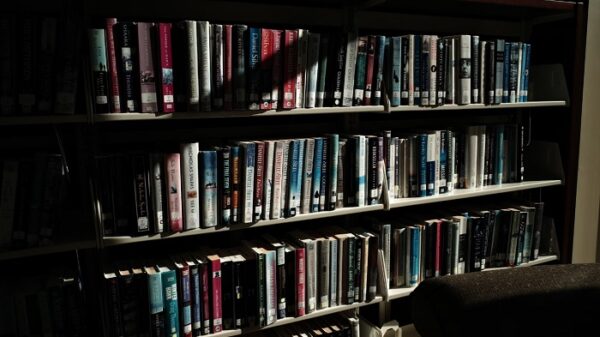Refrigerators work quietly for years until one day they stop cooling, start leaking, or make strange noises. Most of these failures come from predictable causes that can be diagnosed and repaired without replacing the entire unit. Below are real situations showing what happens during refrigerator repair and what steps are taken.
Weak Cooling or Warm Refrigerator
One of the most frequent calls is a refrigerator that feels warm inside while the freezer still works. In one case, the reason was a blocked air vent between the freezer and the fridge compartment. Ice buildup prevented cold air from circulating. The technician defrosted the unit, replaced the faulty defrost timer, and the cooling balance was restored.
Another time, the issue came from a worn-out evaporator fan motor. The motor was replaced, and after a few hours of operation, the temperature stabilized.
Water Leaks Under the Unit
Leaks often come from a clogged defrost drain. When water cannot pass through the drain line, it freezes and overflows onto the floor. During a service visit, the drain tube was cleared using hot water and compressed air, and a small heater was added to prevent refreezing.
Sometimes the source is the water supply line to the ice maker. A cracked plastic tube or loose connection can cause steady dripping. Replacing the line and tightening the valve usually solves the problem.
Strange Noises or Vibrations
Unusual sounds are another common reason for repair calls. In one household, a loud humming turned out to be a failing condenser fan blade hitting accumulated dust. Cleaning the fan and replacing the blade stopped the noise completely.
A different customer complained of rattling every time the compressor started. The cause was simple — the refrigerator was not level. Adjusting the front legs eliminated the vibration.
Ice Maker Not Producing Ice
In several repairs, the ice maker stopped producing cubes while the freezer was still cold enough. The problem often lies in the inlet valve that supplies water to the ice tray. After testing voltage and continuity, the technician replaced the valve, and the next morning the ice bin was full again.
Another possible issue is a frozen fill tube. A short manual defrost clears it, but adding a small insulation sleeve helps prevent recurrence.
Constantly Running Compressor
When the refrigerator never turns off, it usually means warm air keeps entering or the temperature sensor fails. In one case, the door gasket was torn and didn’t seal properly. Replacing the gasket reduced compressor runtime and energy use. In another, a defective thermostat sent wrong signals, keeping the compressor active. After sensor replacement, the cycle returned to normal.
Why Preventive Maintenance Matters
Most of these problems could have been avoided with simple checks once a year — cleaning condenser coils, inspecting door seals, and confirming proper airflow. Small maintenance tasks take minutes but prevent expensive repairs later.
Refrigerators are complex machines, but most issues follow recognizable patterns. When diagnosed early, repair is usually straightforward — clean, replace, test, and monitor. Understanding these examples helps homeowners notice the first signs of trouble before food spoils or the compressor burns out.







